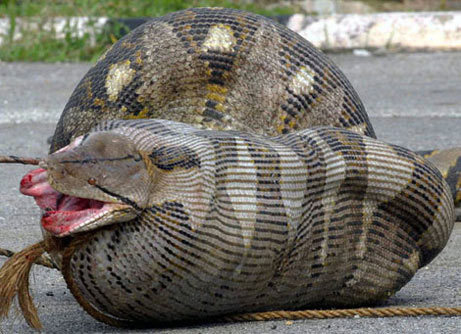
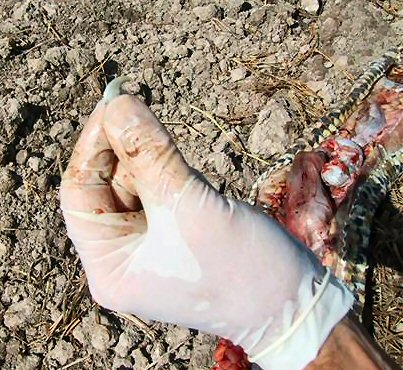
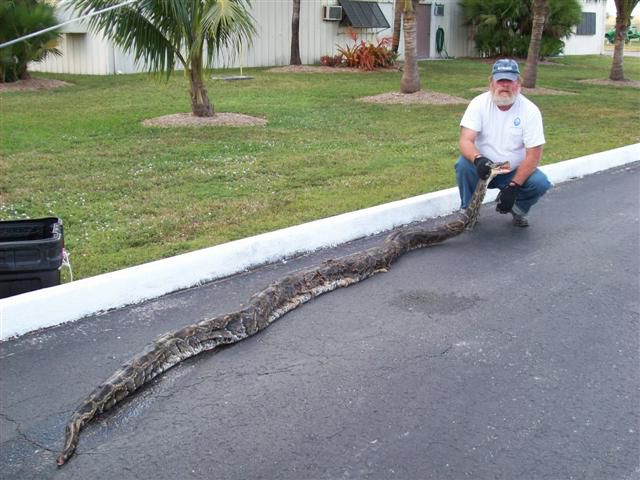
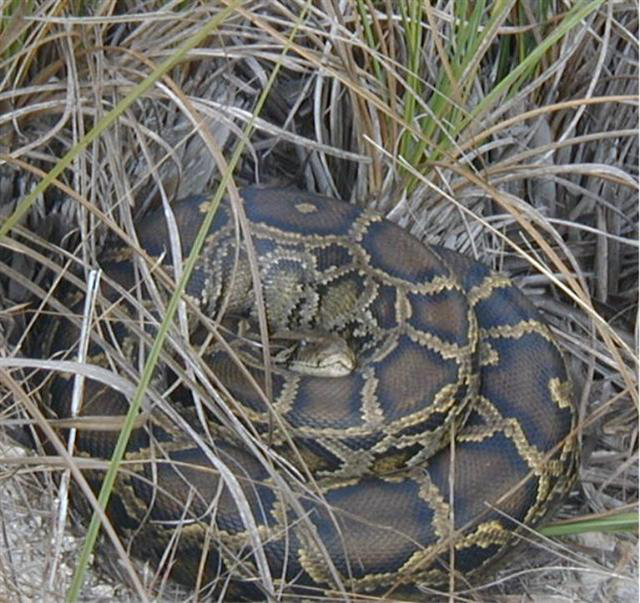
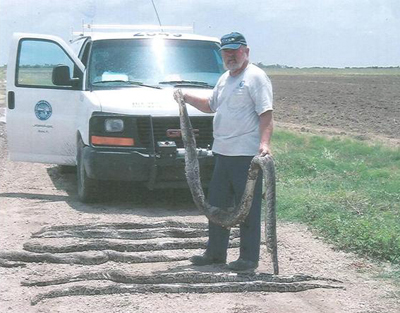
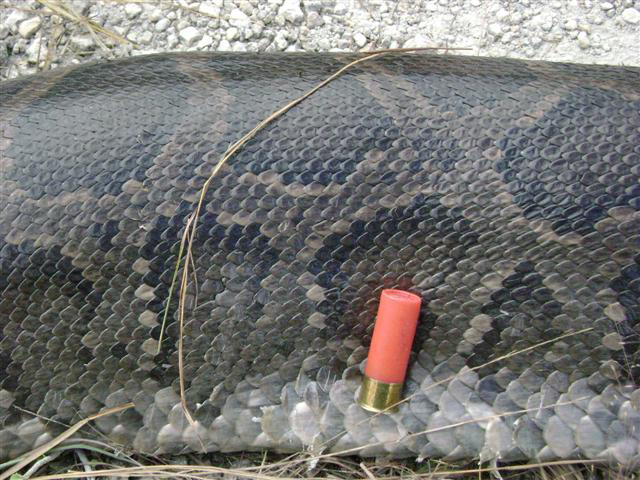
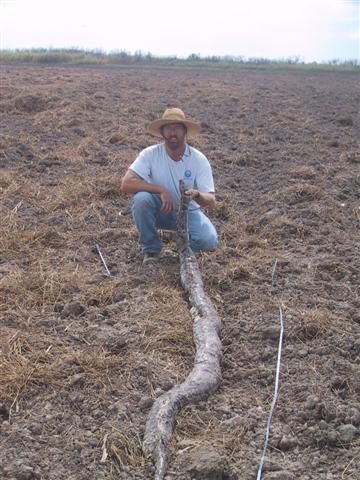
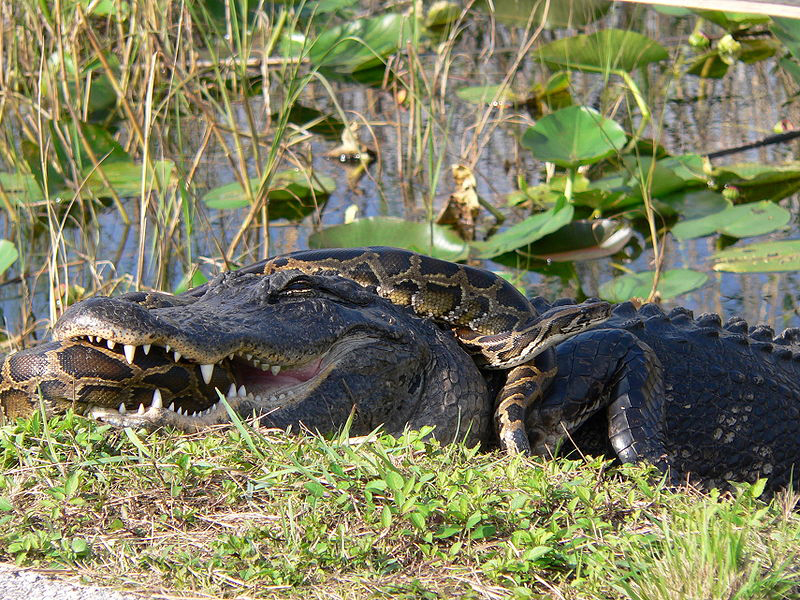
GRAPHIC PHOTOS! As many as 150,000 wild pythons are roaming the wilds of South Florida. Could python hunting solve this problem?

Bob Hill has been careful not to be bitten by a python, which have a double row of pointed, sharp, and back-angling teeth to hold prey.








GRAPHIC PHOTOS! As many as 150,000 wild pythons are roaming the wilds of South Florida. Could python hunting solve this problem?